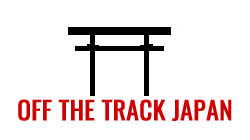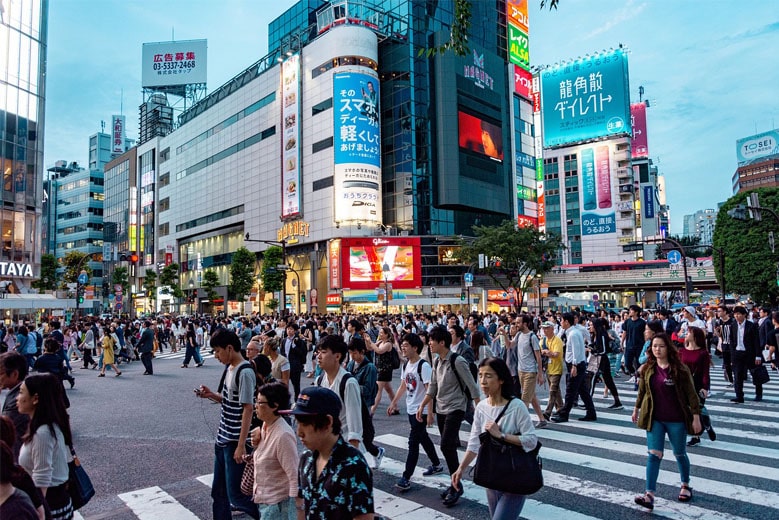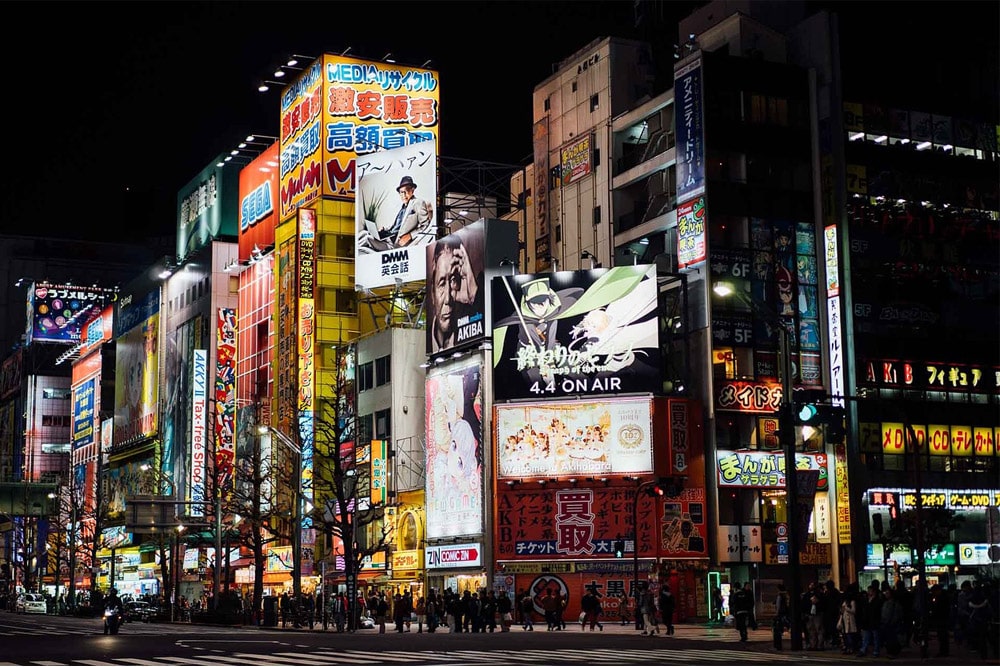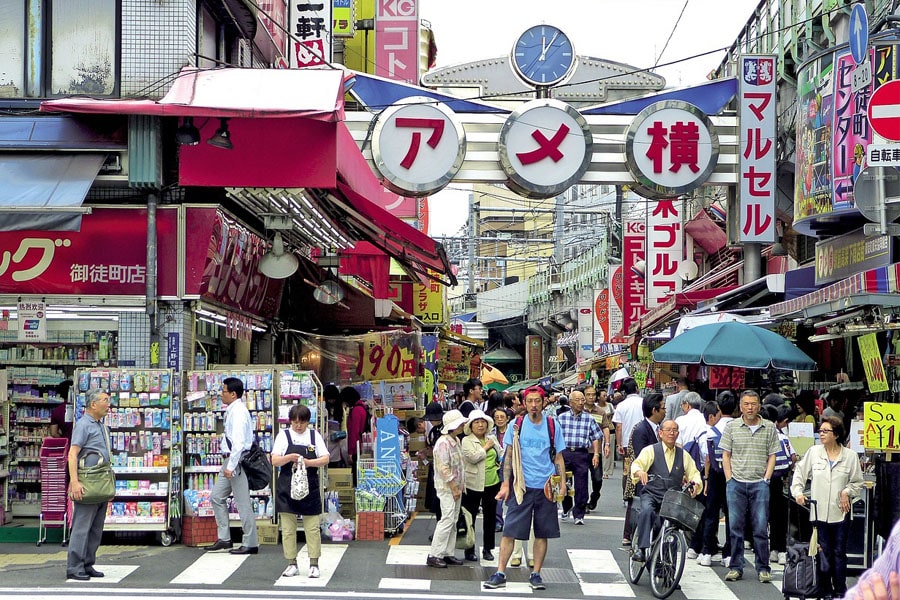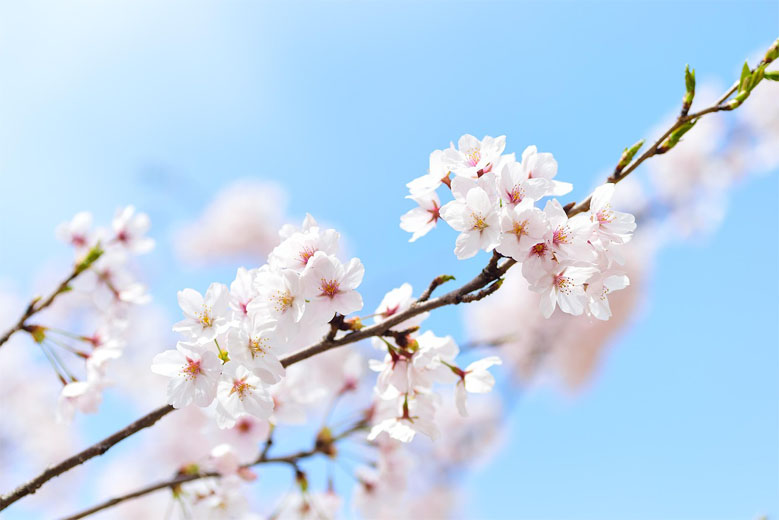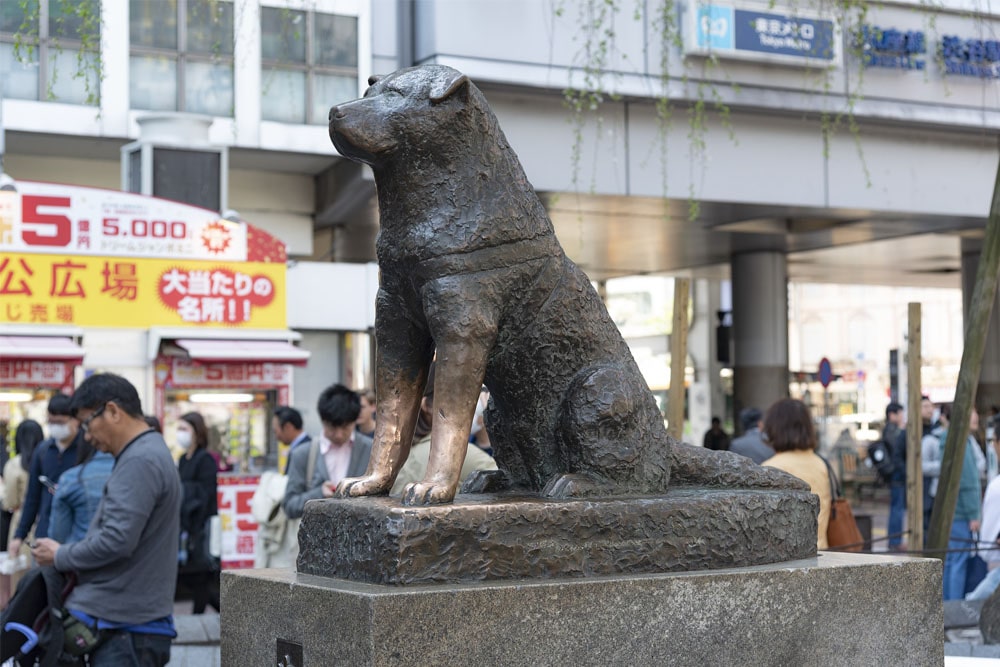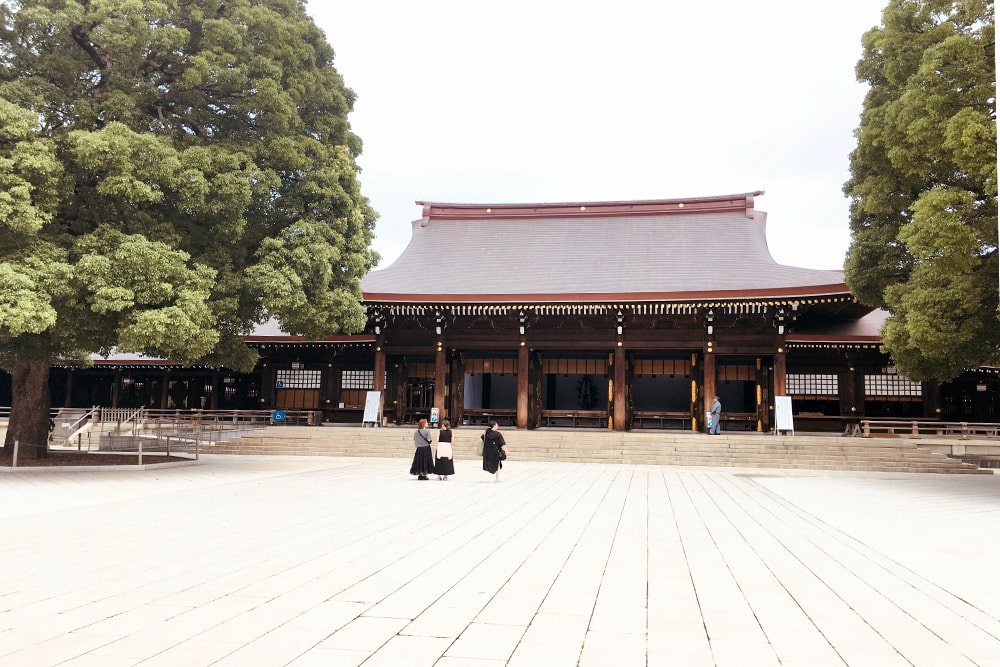
Meiji Shrine (Meiji Jingu) is one of Japan’s most famous shrines, certainly the most famous shrine in Tokyo. It sprawls over an enormous, forested park in the middle of the city full of towering trees that gives one the impression they are in fact standing in a forest somewhere out in the mountains rather than in the middle of the world’s largest city. It sprawls over an enormous, forested park in the middle of the city full of towering trees that gives one the impression they are in fact standing in a forest somewhere out in the mountains rather than in the middle of the world’s largest city.
Emperor Meiji is probably Japan’s most famous emperor and is the one responsible for turning Japan from an isolated and somewhat backward nation to the industrial and technologically advanced powerhouse it is known to be today. His reforms of the Meiji period are still studied by Japanese students on a daily basis as part of their school curriculum.
Meiji Shrine, despite its appearances of being an old and established shrine, was in fact built in 1920 making it one of Japan’s most recent shrines. It commemorates the Emperor Meiji and his wife, the Meiji Empress who ruled Japan during its industrial revolution from 1868 to 1912.

Popular destinations among other readers
Start planning your trip to Japan, book your accommodation now!
Hours and Admission
- Shrine Main building Hours: 9:00am - 4:20pm
- Shrine Grounds Hours: 5:00am - 6:00pm
- Free
- Average Time Spent: 45 Minutes
- Official Website
Accessing Meiji shrine
Getting to Meiji Jingu from Shinjuku Station is quite easy. There are several different methods including buses, trains or walking.
Walking to Meiji Jingu from Shinjuku station takes about 20 minutes. If you leave the station from the main entrance next to the highway you can in fact follow the highway almost directly to the shrine, however for a faster commute, catch the Yamanote Line towards Shibuya and get off at Harajuku Station (about 4 minutes).
Meiji Jingu is directly opposite to Harajuku station.
Discover Japan like never before with the Japan Rail Pass (JR Pass), your ticket to seamless travel across the Japan. Unlock the full potential of Japan’s extensive rail network, renowned for its punctuality, comfort, and convenience.
Discover Japan like never before with the Japan Rail Pass (JR Pass), your ticket to seamless travel across the Japan. Unlock the full potential of Japan’s extensive rail network, renowned for its punctuality, comfort, and convenience. Read More…
Forget the hassle of purchasing individual tickets for every journey. The JR Pass offers exceptional value for money, available in flexible durations ranging from 7 to 21 days, allowing you to tailor your travel experience to suit your itinerary. Read More…
